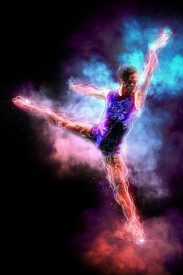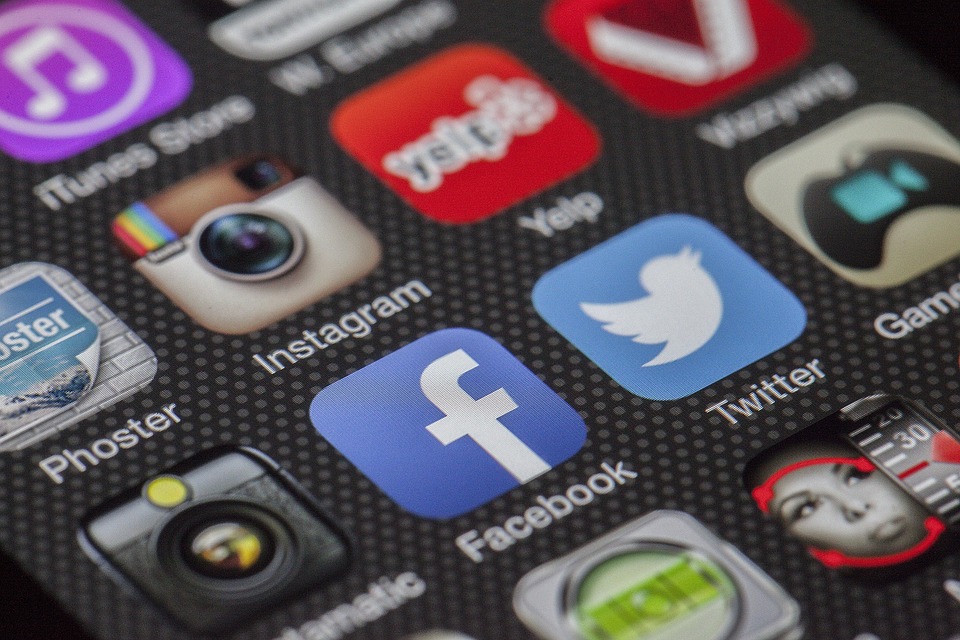
Art and technology have always been intertwined, with advancements in technology often leading to new forms of artistic expression. Virtual reality (VR) is a prime example of this intersection, as it has revolutionized the way we consume entertainment and experience art. In this article, we will explore the impact of VR on entertainment and how it is blurring the lines between art and technology.
The Rise of Virtual Reality
Virtual reality has come a long way since its inception, and it has greatly impacted the entertainment industry. VR technology allows users to immerse themselves in a computer-generated environment, complete with lifelike visuals and sound. This technology has been widely adopted in gaming, allowing players to step into a virtual world and interact with their surroundings in unprecedented ways. However, VR is not limited to just gaming; it has also been embraced by filmmakers, artists, and other creatives to push the boundaries of storytelling and artistry.
Transforming Entertainment
One of the most significant ways VR is transforming entertainment is through immersive experiences. For example, VR allows users to attend live events or visit far-flung destinations without leaving their homes. This has opened up new possibilities for live concerts, theater performances, and virtual tours of famous landmarks. Additionally, VR has redefined the movie-watching experience by placing viewers directly into the heart of the action. This has led to the creation of VR films and documentaries that transport audiences to different worlds and perspectives.
Blurring the Lines Between Art and Technology
VR has also blurred the lines between art and technology, as it allows for the creation of interactive and immersive art installations. Artists are using VR to push the boundaries of traditional art forms, creating three-dimensional sculptures, virtual galleries, and interactive experiences. This fusion of art and technology has led to new forms of expression and engagement, as viewers can interact with art in ways that were previously impossible. It has also challenged the traditional notions of what constitutes art, giving rise to a new era of digital artistry.
Conclusion
In conclusion, virtual reality is transforming entertainment by providing immersive experiences that push the boundaries of art and technology. It has revolutionized the way we consume entertainment, from gaming and movies to live events and art installations. As VR technology continues to evolve, we can expect to see even more innovative and boundary-pushing creations that further blur the lines between art and technology.
FAQs
What is virtual reality?
Virtual reality (VR) is a computer-generated environment that allows users to interact with a three-dimensional, immersive world.
How is VR transforming entertainment?
VR is transforming entertainment by providing immersive experiences, redefining the movie-watching experience, and blurring the lines between art and technology.
How are artists using VR?
Artists are using VR to create interactive and immersive art installations, three-dimensional sculptures, virtual galleries, and new forms of digital artistry.
Why do we need websites?
Websites are essential for sharing information, promoting products and services, and creating an online presence for individuals and businesses.


